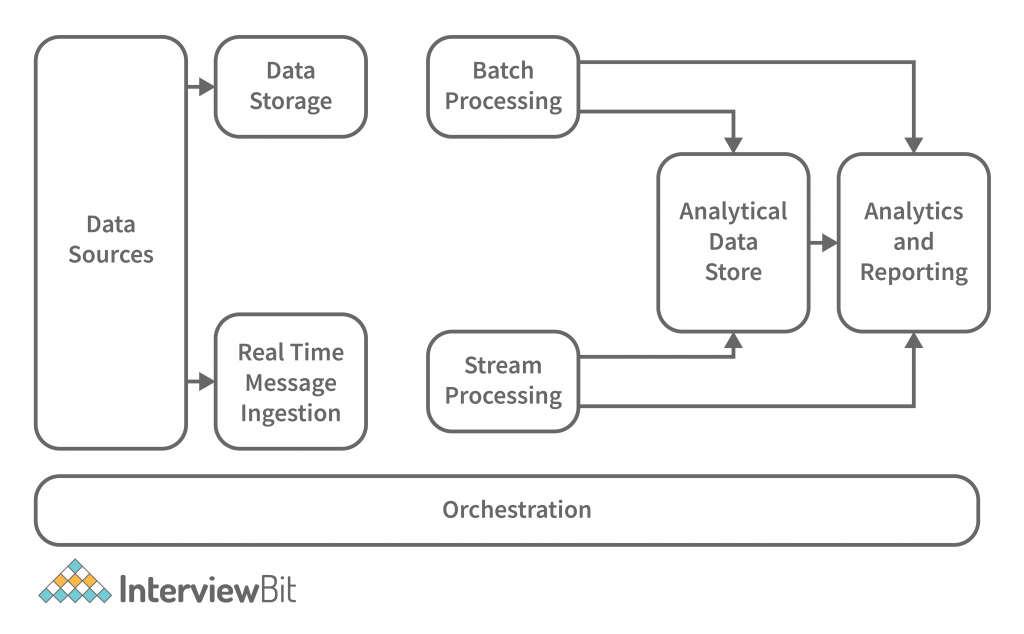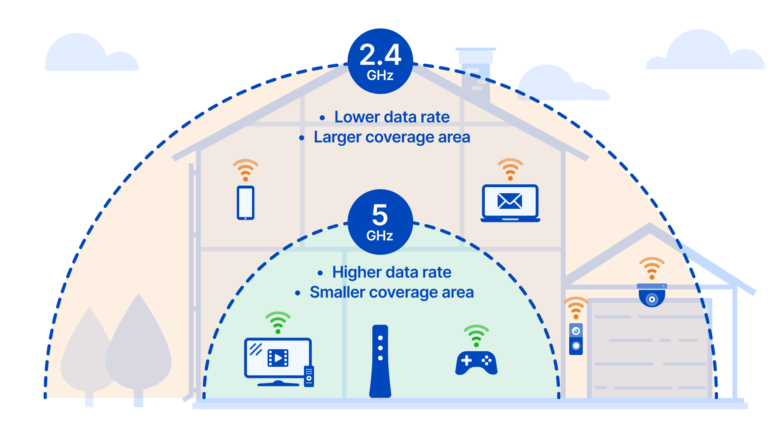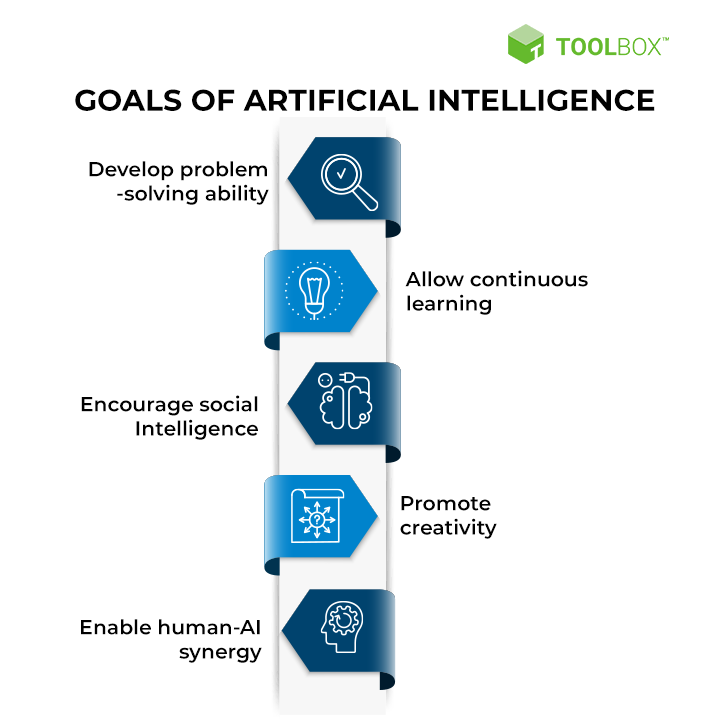What Is Big Data Architecture?
Big Data Architecture is a combination of data management technologies and practices that seek to capture, store, process, and analyze large and varied datasets to uncover valuable insights and trends. It enables organizations to not only store and analyze data in a more efficient and cost-effective manner, but also to gain deeper insights into their customers, operations, and markets. Big Data Architecture allows for the extraction of meaningful information from vast amounts of data that can be used to inform decisions and actions. Additionally, it can facilitate the development of predictive models and enable organizations to make more informed decisions.
Definition of Big Data Architecture
Big Data architecture is an infrastructure designed to support the processing, storage, and analysis of large datasets. It includes the technologies, frameworks, and strategies used to store, process, and analyze massive amounts of structured and unstructured data. Big Data architecture offers a wide range of solutions that can help businesses extract valuable insights from their data. It encompasses tools for data ingestion, storage, processing, analysis, and visualization. With the right Big Data architecture, organizations can develop a data-driven approach to decision-making, gain competitive advantages, and improve customer satisfaction.
Components of a Big Data Architecture
Big Data Architecture is a collection of components that enable the flow of data from sources to endpoints. It allows data to be collected, processed, stored, and analyzed in a unified way. This architecture enables businesses to efficiently manage and gain insights from their data. It typically consists of five components: data sources, data warehouses, data processing tools, data visualization tools, and data storage and retrieval tools. Data sources provide the raw data that is used for analysis. Data warehouses are used to store the data and make it accessible for analysis. Data processing tools are used to transform the raw data into a format suitable for analysis. Data visualization tools help to create visual representations of the data, making it easier to understand. Finally, data storage and retrieval tools are used to store and retrieve data from the data warehouse. When these components are integrated together, businesses are able to easily access, analyze, and gain insights from their data.
Benefits of Big Data Architecture
Big data architecture is a comprehensive system of technologies, tools, and processes used to collect, store, and process large amounts of data, enabling organizations to make better decisions and improve their operational efficiencies. Big data architecture provides businesses with the ability to quickly and accurately analyze large amounts of data to uncover insights and patterns. This allows organizations to make informed decisions based on real-time analytics. Additionally, big data architecture can help organizations identify and exploit new growth opportunities and stay ahead of the competition. By leveraging the power of big data, organizations can gain a competitive advantage and maximize their return on investment. Furthermore, big data architecture provides organizations with the capability to quickly adapt to changing market conditions, identify and reduce operational risks, and improve customer experience. Ultimately, big data architecture provides organizations with the ability to make smarter decisions and gain a competitive edge.

Challenges of Big Data Architecture
Big data architecture is a complex and ever-evolving concept. It requires the integration of multiple technologies, processes and people. It involves designing and managing data collection, storage, processing, analysis and visualization. Challenges in big data architecture arise from the need to store and process large amounts of data, while also ensuring the data is secure and reliable. Additionally, the architecture needs to be able to scale and evolve as data needs increase. Security is also an essential component of big data architecture, as it requires robust authentication and authorization protocols to ensure the data is protected from unauthorized access. Additionally, it is important to ensure the architecture is fault tolerant and can recover quickly from any unplanned downtime. Finally, it is important to ensure the architecture can support the various analytics tools and models needed for data exploration and decision-making. With the right architecture, organizations can leverage the power of big data to gain insights and make better decisions.
Examples of Big Data Architecture
Big Data architecture is a combination of processes, tools and technologies that are used to store, process and analyze massive amounts of data. It is essential for organizations to have a Big Data architecture to effectively manage and leverage large amounts of dynamic data. Examples of Big Data architectures include Hadoop, NoSQL databases, data lake architectures and cloud-based architectures. Each of these architectures have their own benefits and drawbacks, and organizations must assess their needs and objectives to determine the best architecture for their environment. With the right architecture, organizations can unlock the potential of their Big Data and use it to gain insights and make informed decisions.
Summary of Big Data Architecture
Big Data Architecture is a comprehensive approach to managing and analyzing large volumes of structured and unstructured data. This architecture provides the necessary infrastructure and tools to process, store, and analyze data from multiple sources. It includes components such as distributed computing, data storage, data processing, data analysis, business intelligence, and data warehousing. This architecture also includes data visualization and reporting capabilities that enable organizations to gain valuable insights from the data. Big Data Architecture is a flexible and scalable approach to data management which enables organizations to maximize their data-driven decision-making capabilities.
FAQs About the What Is Big Data Architecture?
1. What tools are used in Big Data Architecture?
Big Data Architecture typically uses a combination of technologies such as Hadoop, NoSQL databases, stream processing, data warehousing, ETL, and analytics.
2. What type of data is considered Big Data?
Big Data usually refers to datasets that are too large or complex to be processed with traditional data processing techniques. The data can be structured, semi-structured, or unstructured.
3. How can Big Data Architecture be used to improve business operations?
Big Data Architecture can be used to help businesses gain valuable insights from their data, improve customer experience, increase efficiency, and optimize operations. It can also be used for predictive analytics, which can help businesses make better decisions and become more competitive.
Conclusion
Big Data architecture is an important tool for businesses and organizations to use when managing large data sets. It is a complex system of software and hardware components that allow organizations to store, process, analyze, and visualize large amounts of data. By leveraging Big Data architecture, businesses and organizations can gain insights into their data and make better decisions for their organization. Big Data architecture is an invaluable tool for businesses and organizations looking to gain an edge in the competitive marketplace.



